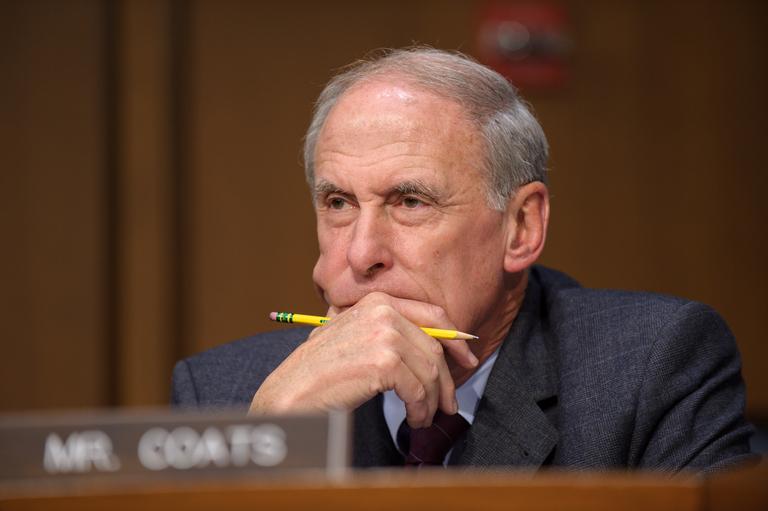
|
Joint Economic Committee Chairman Dan Coats (R-Ind.) today issued a report questioning the traditional measure of “full employment” as an appropriate indicator of overall labor market health in the current economy.
“A relatively low unemployment rate of 4.9 percent would seem to indicate that our labor force is nearing a state of full employment,” said Coats. “However, long-term unemployment remains stubbornly high and the labor force participation rate continues to decline. These figures, not just the unemployment rate, should be taken into account when developing economic policy because they provide a more comprehensive look at the state of the work force.”
The full report is available here.
Highlights of the report include:
- The term “full employment” has been used for decades by economists and policymakers to signify a strong and healthy labor market. The unemployment rate, and subsequently its implications for how close we are to full employment, may have been a useful rule of thumb in the past for labor market strength. However, this is only true as long as other labor market indicators follow in tandem.
- Today, broader labor market indicators bear greater examination for labor market health. The current elevated level of the long-term unemployed as a share of the jobless and the declining labor force participation rate are troubling signals of the relative health of the labor market.
- While federal law establishes full employment as an official policy goal, blind commitment to full employment at all costs can actually be counterproductive to its achievement. There are significant tradeoffs associated with using fiscal and monetary policies to bring the economy back to full employment. Federal borrowing to meet that goal comes with long-term economic costs and exacerbates intergenerational inequities.
- Federal policymakers have an important role in fostering a free-market economy in which Americans enjoy ample opportunities for employment, but government should not and cannot be paramount facilitator of the labor market. The private sector is the true driver of labor market dynamism, and Congress should pursue measures that improve the ability of employers to hire and workers to find jobs.
|